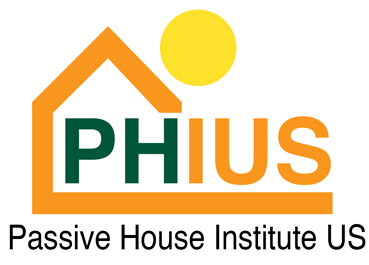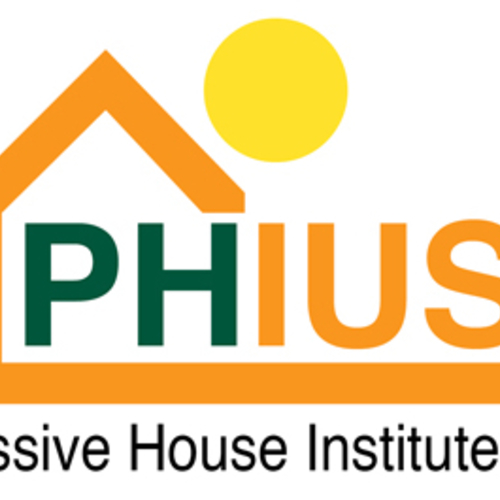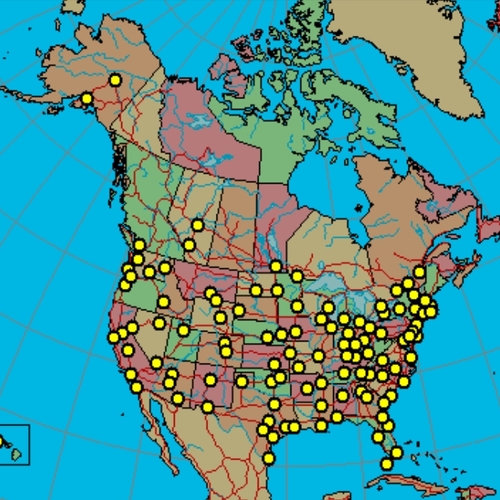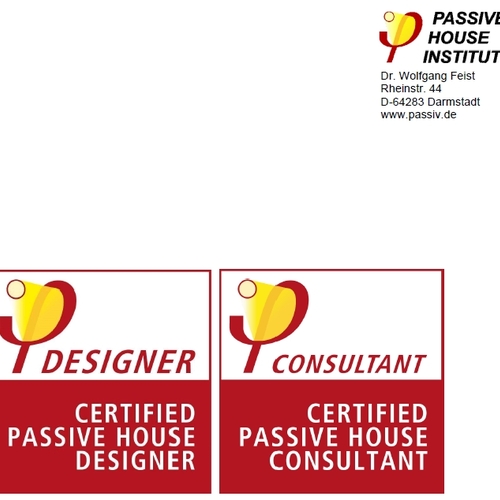
The Passive House Institute US sees closer ties ahead with Massachusetts-based Building Science Corp., the widely respected building consulting firm led by Betsy Pettit and Joseph Lstiburek, in the development of new standards for energy efficient housing.
According to Katrin Klingenberg, the executive director of PHIUS, the Building Science Corp. will help PHIUS develop a new Passive House standard that is more appropriate for North American climates than the Passivhaus standard developed in Darmstadt, Germany, by Dr. Wolfgang Feist.
Building Science Corp. has been an important partner in the U.S. Department of Energy’s Building America and Challenge Home program, and Building Science President Pettit said the two organizations could help each other as Challenge Home “ratchets up” its requirements and PHIUS works on climate-specific standards.
“This is great news on multiple fronts,” PHIUS said in a news release. “It brings Building Science Corporation’s industry-leading expertise and resources to passive research. It marks the US DOE’s continued support for making passive the basis for future energy efficiency efforts. It continues the momentum of moving passive from novelty to best practice and into the mainstream market.”
Energy efficiency goals are converging
The proposed PHIUS standard, like its German Passivhaus counterpart, will set requirements for energy consumption and airtightness. Klingenberg said by telephone that PHIUS is working toward three or four standards that are tailored more precisely to different climates zones. The current standard of both the European and U.S. programs is suitable for a moderate, heating-dominated climate zones, she said, but not necessarily for the diversity of climates in North American.
The first draft of a new PHIUS standard better adapted to North American climates is due to be released for public comment and peer review in September 2014, Klingenberg said, and the collaboration with Building Science Corp. would represent a “synergistic relationship” as it moves toward the goal.
Pettit said the common goal of the PHIUS and Challenge Home programs is to find the lowest cost, highest performing assembly of building materials by climate zone. She called that the “sweet spot” of cost optimization, something that needed periodic review as costs and building materials both change.
Weekly Newsletter
Get building science and energy efficiency advice, plus special offers, in your inbox.















2 Comments
Awesome News!
This is exciting news! I've been reading the posts on this site daily for over 2 years and this up there with some of the best news I've heard. I plan on builing a house in about 8 years so I'm very interested in the future of high performance homes and even more interested in making them as cost effective as possible. I hope more partnerships like this start to occur to really help collaboration push green building more into the mainstream.
I wonder if a popular quotation by LBJ is at work here
President Johnson is said to have reflected upon the role of J Edgar Hoover:
"It's probably better to have him inside the tent pissing out, than outside the tent pissing in."
Is Joe Lstiburek the J Edgar Hoover of PHIUS?
Log in or create an account to post a comment.
Sign up Log in